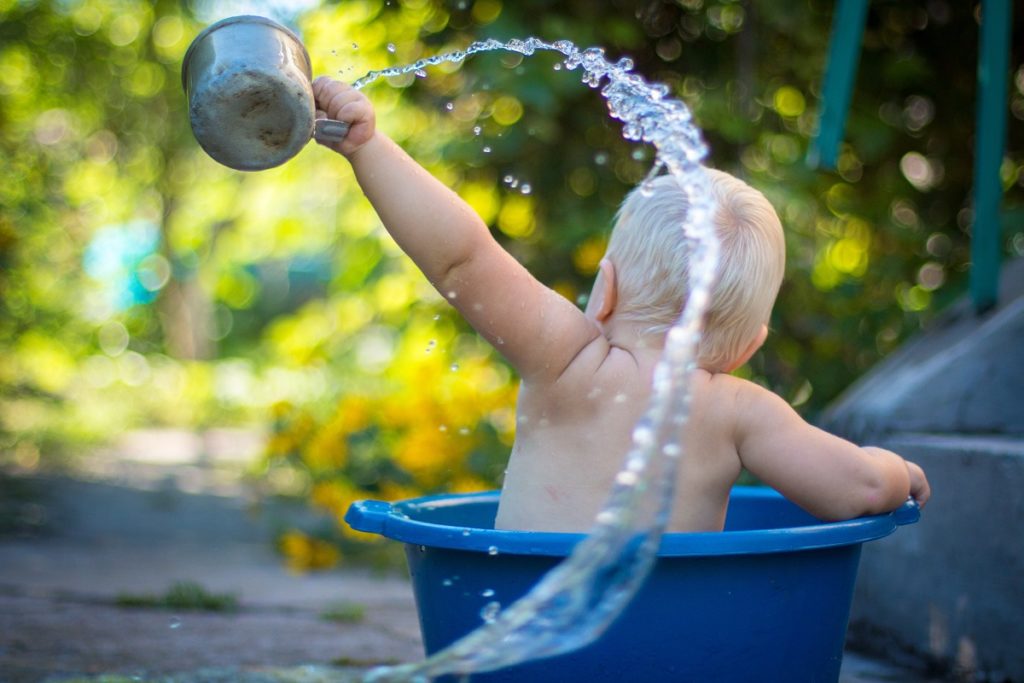Every year, millions of people worldwide suffer from water-borne diseases. These diseases are caused by contaminated water, which can contain harmful bacteria, viruses, and parasites. The most common water-borne diseases include cholera, dysentery, and Typhoid fever. These diseases can cause severe dehydration, vomiting, and diarrhea and can often be fatal. To protect yourself and your family from water-borne diseases, it is important to maintain your water systems at home.
The water from your tap may look clean, but that doesn’t mean it is. There are many ways that your home’s water supply can become contaminated without you even realizing it. Here are the most common culprits.
Leaking pipes or fixtures
You might not think twice about the pipes and fixtures in your home, but they play a vital role in ensuring that your water is safe to drink. Unfortunately, leaks can occur anywhere in the system, allowing contaminants to enter the water supply. Even a small leak can contaminate a large volume of water, posing a serious health risk to you and your family.
That’s why it’s important to be vigilant for signs of leaks, such as stained ceilings or floors, sudden increases in your water bill, or damp spots on your walls or lawn. If you suspect a leak, it’s best to contact a qualified plumber to have it repaired as soon as possible. By taking these steps, you can help ensure that your home’s water supply remains clean and safe.
Faulty well pumps
There are several ways that a well pump can become contaminated. First, if the pump is not properly maintained, it can develop bacteria and other contaminants. Secondly, if the pump is located near a septic tank or other source of contamination, it can become contaminated by these sources. Finally, if there is a leak in the pump, contaminants can enter the water supply through the leak.
If you suspect that your well pump is contaminated, you should have it inspected by a qualified technician. They will be able to determine the source of the contamination and recommend a course of treatment.
Flood waters
Many people don’t realize that flood waters can contaminate their home’s water supply. Even if the water looks clean, it can be filled with bacteria and other contaminants that can make you sick.
If you come into contact with flood waters, wash your hands thoroughly and disinfect any surfaces that may have been exposed. It’s also important to avoid eating food that may have come into contact with flood waters. And, of course, you should never drink flood water.
If a flood has contaminated your home’s water supply, you’ll need to have it tested and treated by a professional before using it again. In the meantime, you can use bottled water for drinking and cooking.
Poorly maintained septic systems
A septic system that is not maintained can cause serious water contamination problems at home. Septic tanks collect wastewater from toilets, showers, and sinks. The tank allows the solid waste to settle to the bottom while the effluent flows out to a leach field. If the solid waste is not removed from the tank, it will eventually clog the leach field. As a result, effluent will back up into the tank and contaminate groundwater.
In addition, poorly maintained septic systems can also release pathogens into the environment, putting human and animal health at risk. To avoid these problems, it is essential to have your septic system inspected and pumped regularly by a qualified professional.
Poorly maintained swimming pool
If your swimming pool has a high pH level, it’s important to know that the water may be contaminated. A high pH can indicate the presence of bacteria, viruses, or other pathogens in the water. These contaminants can cause serious illness, so it’s important to ensure that your pool is safe.
The first step is to test the water regularly. If you notice a high pH level, you should take action to correct it. You can regulate the swimming pool pH level with CO2, as it is generally safer than using liquid acid to purify the pool. When CO2 dissolves in water, it forms carbonic acid. This acidity lowers the pH of the water. In general, pools should have a pH between 7.4 and 7.6. If your pool’s pH is above 7.6, you can lower it by adding CO2. Start by testing the pH of your pool water and then add CO2 until the desired level is reached. Be sure to retest the pH level periodically so you don’t accidentally make it too acidic.
Besides that, it’s also essential to maintain good hygiene practices when using the pool. You should shower before entering the pool and avoid swallowing any water. By taking these precautions, you can help to keep your swimming pool safe and clean.
Contaminated water can pose a serious health risk to you and your family. That’s why it’s important to know how your home’s water supply can become contaminated and take steps to prevent it. If you are ever unsure about whether or not your water is safe to drink, stick on the side of caution and have it tested by a professional before using it.


